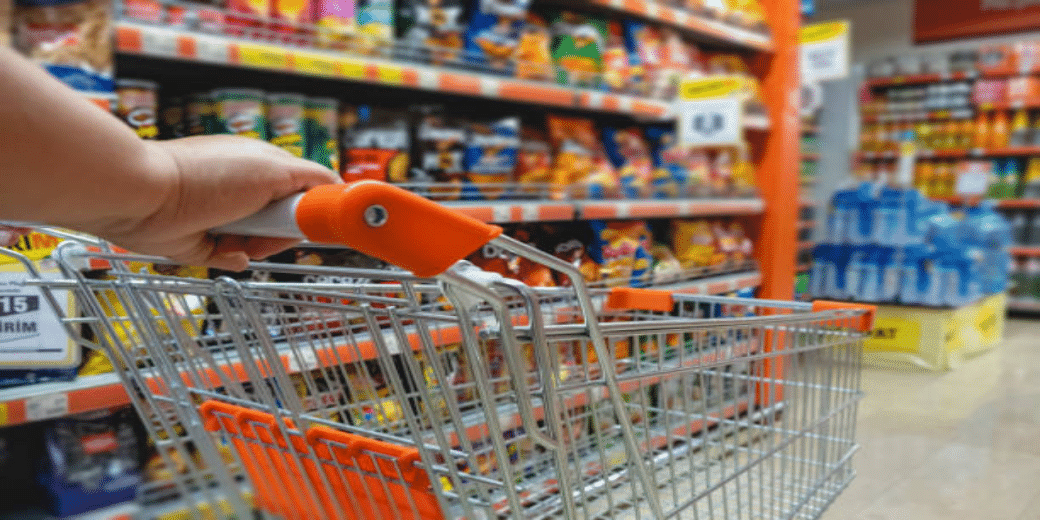Inflation and wage costs bite: FMCG majors to raise prices 2-4% this year
Food, cereals and spices are passing through double-digit inflation. Inflation in this segment went down initially but rose again

Inflation and higher wage costs would drive up prices of some products in the consumer goods space this year by around 2-4%, The Economic Times has reported.
For example, consumer goods majors such as Dabur has already raised prices by 2.5% across its food items while Emami is exploring the possibility to hike prices 3% this year, the newspaper stated.
Godrej Consumer Products, Dabur and Emami said price-led growth will be back for the industry. Prices can also creep up in some products of Hindustan Unilever, the country’s biggest FMCG firm.
Inflation was the key driver of this revision in rices, Dabur India chief CEO Mohit Malhotra told the newspaper. Food, cereals and spices are passing through double-digit inflation. Inflation in this segment went down initially but rose again, pointed out the Dabur CEO.
“Even in honey, there is inflation. We have just taken a price increase in oral care, for example, driven by our competitor taking up a price increase. In healthcare, we might be forced to take price increases. Even in spices. So wherever the shoe will pinch, we will have to hike prices,” remarked Malhotra.
Godrej Consumer Products MD, Sudhir Sitapati, pointed out the contribution of the wage factor. He said commodity prices are flat to slightly positive, but wage inflation is positive. Therefore, there would be a higher price line for its products in the next few quarters, which would lead to a high single-digit value growth for the industry in 2024. “The market growth rate will improve next fiscal,” forecasts Sitapati.
While volume-drive growth is reckoned to be most crucial, price growth is also significant for FMCG firms. Last year, prices declined slightly, thanks to input prices coming down considerably. The report states that 65-70% of growth of FMCG companies has come from volume growth. The rest 35-30% has come from price rise.
FMCG market research major NielsenIQ said in 2023, price-led growth dipped from 10% to 2.7%, mostly due to decline in prices of most products. 2022 witnessed record inflation in most FMCG input costs from palm oil to crude to packaging material, thanks to geopolitical tension.
HUL’s chief financial officer Ritesh Tiwari too admitted the quest for price-led growth. He said the company wants to increase the number of more premium products. He thinks it would pave the way for some price growth over the next 3-4 quarters.
“Long-term average for FMCG, we do expect 4% to 5% price growth to be there, which we have not seen, as you saw in the current quarter, in fact it was negative 2%, we do see marginal negative next quarter and we will see how commodity plays out to see what this means in further quarters to come. But there has to be a healthy level of some amount of price growth as well to help overall headline growth,” HUL’s finance chief Tiwari told investors in January 2024.
In the past few quarters, most companies have come up with higher volume growth rather than value growth, the reason being the fall in prices. However, domain experts say that overall demand is sluggish.
After moving through significant price turbulence in the past two years, edible oil has witnessed better stability in prices in the past three quarters – between April and December of 2023.
(ENDS)